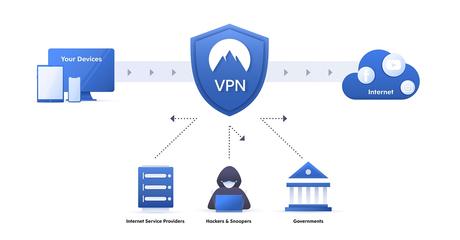
If your company uses the Internet, then you know the results of IP transit. But having a better understanding of IP transit lets you make better-informed decisions about how your firm gets on the Internet. Also, you will better understand how your clients and customers can get to your services and applications. Below is more information about IP transit.
When you intend to receive or send data across the Internet, you have to go through at least one third-party network to get to your final site destination. IP transit is another form of Internet access where the ISP lets traffic go through its network to the final destination. No matter how your company or product gets online, you need to use IP transit in some fashion.
IP transit providers are in three tiers. The first is Tier 1, which has a broad global reach. These Internet service providers peer with one another and are global conduits for all Internet networks. This is the spine of the Internet.
Read More: Top 5 Best VPN Services ProviderThere are about six Tier 1 networks that connect the Internet around the world. These networks feature one-hop latency to each other, as well as the smaller networks below them.
- Tier 1 - providers peer with one another, but they charge a fee to lower tiers to get on their networks.
- Tier 2 - providers have big networks with several physical locations and data justify. These Internet service providers usually peer with each other freely to expand their ability to deliver content and to duck usage costs of the Tier 1 networks. Some common tier 2 ISPs are Amazon and Netflix.
- Tier 3 - providers are usually local ISPs with a smaller list of clients. They often buy a smaller amount of IP transit via a tier 2 provider to avoid the higher prices of using a tier 1 ISP.
So, which IP transit tier is for you? Generally, the more stops an Internet request needs to make on the trip from the client to the server, the more throttling and latency crop up. Each hop to another server and location increases processing time to get the routing desired. Larger networks can offer fewer hops to do the same request.
But an ISP that has a higher tier does not always mean they give you a direct route. A tier 1 ISP has a huge reach, but the size can lead to inefficiency because of the number of hops needed to meet the request.
16 total views, 16 views today

